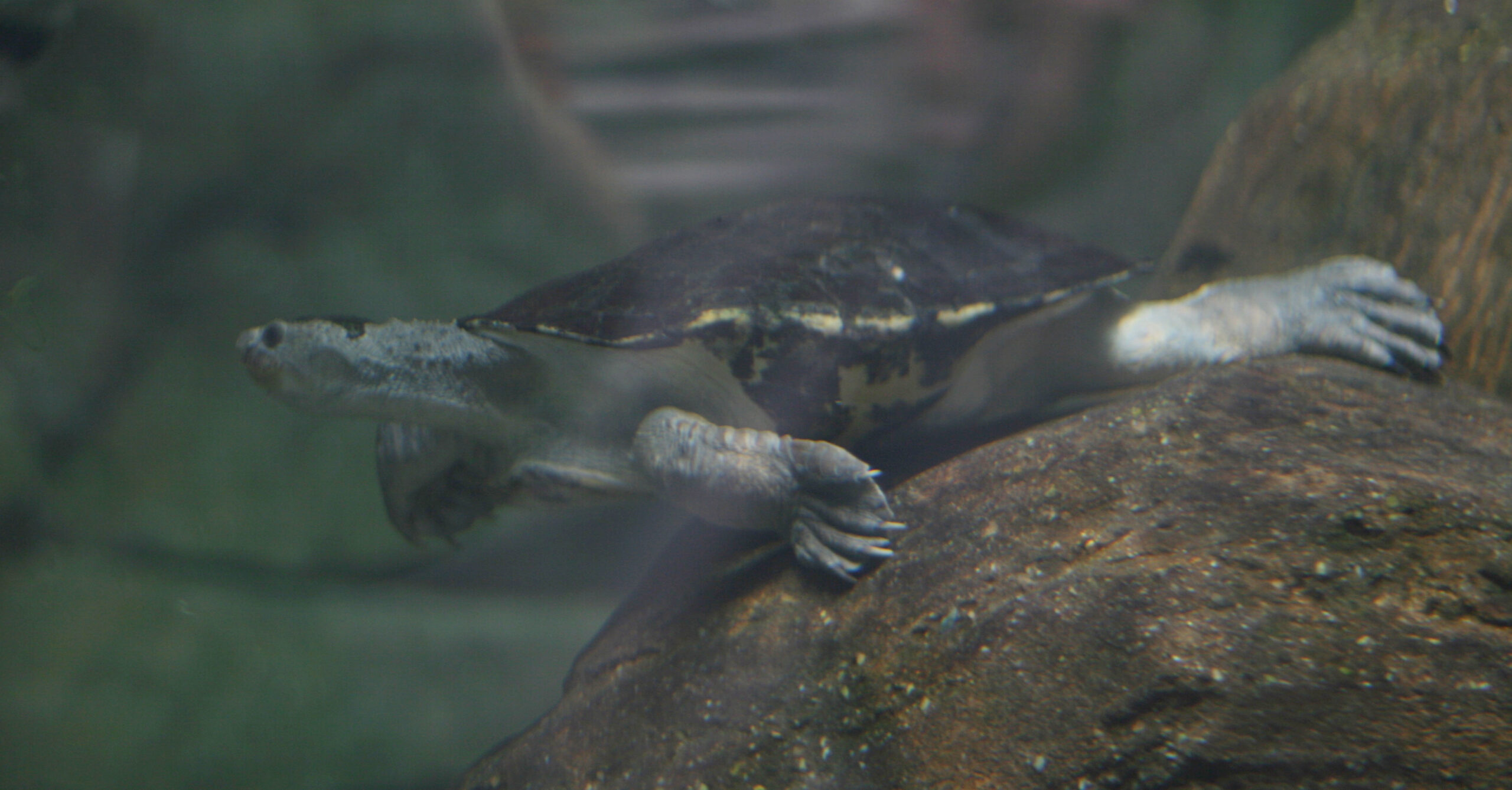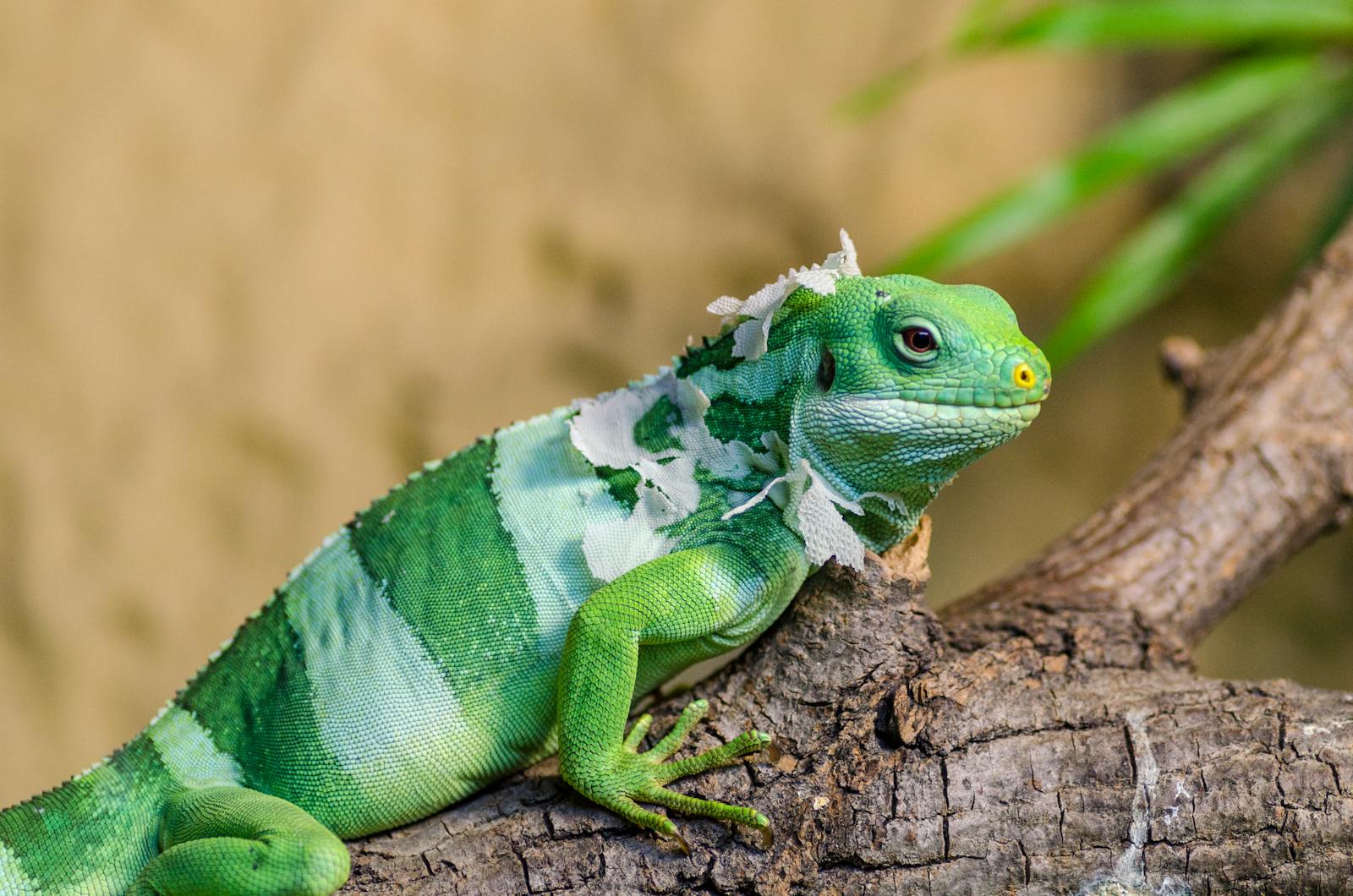When it comes to keeping exotic pets, providing the right habitat is crucial for their health and wellbeing. One of the most critical aspects of habitat design is selecting the appropriate tank or enclosure size. Many new exotic pet owners make the mistake of housing their pets in enclosures that are too small, which can lead to stress, health problems, and behavioral issues. This comprehensive guide will help you understand the appropriate tank sizes for various exotic pet species, ensuring your unique companion has the space they need to thrive.
Understanding the Importance of Proper Enclosure Size

Providing an appropriately sized enclosure for your exotic pet is about much more than just physical comfort. Adequate space allows animals to engage in natural behaviors, which is essential for their psychological wellbeing. For many species, too small an enclosure can lead to stress, which weakens the immune system and makes them more susceptible to disease. Additionally, many exotic pets need temperature gradients within their habitats, which are impossible to create in very small spaces. Finally, larger enclosures are typically easier to maintain proper humidity and cleanliness levels, further contributing to your pet’s overall health.
Reptile Tank Sizes: Bearded Dragons
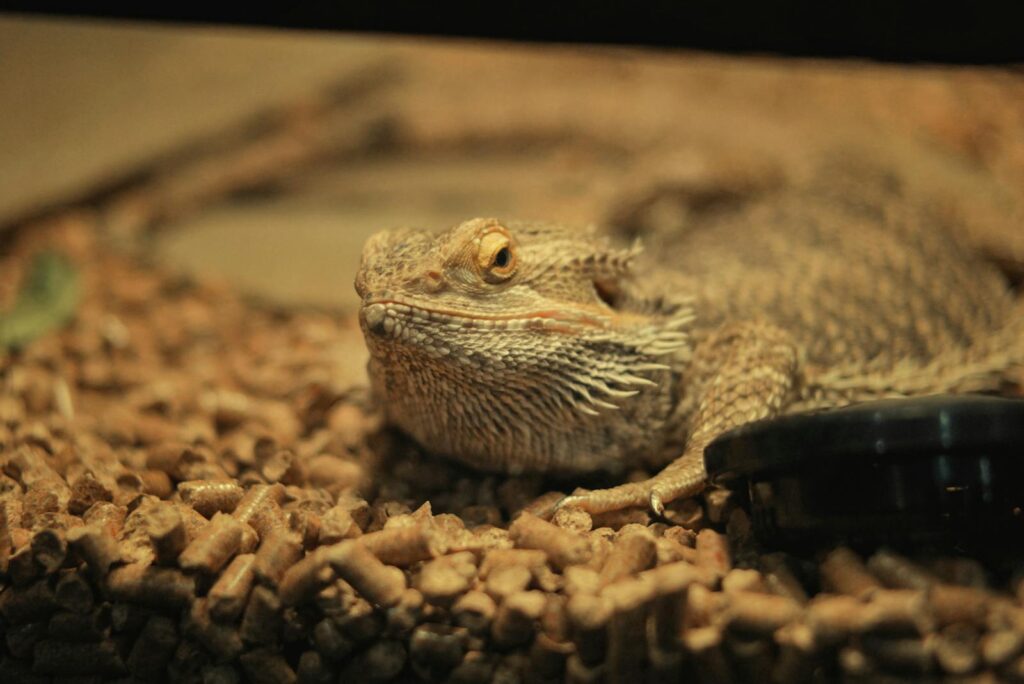
Bearded dragons are among the most popular reptile pets, known for their docile nature and fascinating behaviors. For a single adult bearded dragon, a minimum enclosure size of 4 feet long, 2 feet wide, and 2 feet tall (120 gallons) is recommended. This size allows for proper temperature gradients from one end to the other, essential for thermoregulation. Young bearded dragons can start in smaller tanks of about 40 gallons, but they grow quickly and will need upgrading. If you plan to house multiple bearded dragons together (which is generally not recommended unless breeding), you’ll need to add at least 50% more space per additional dragon to prevent territorial aggression.
Reptile Tank Sizes: Ball Pythons
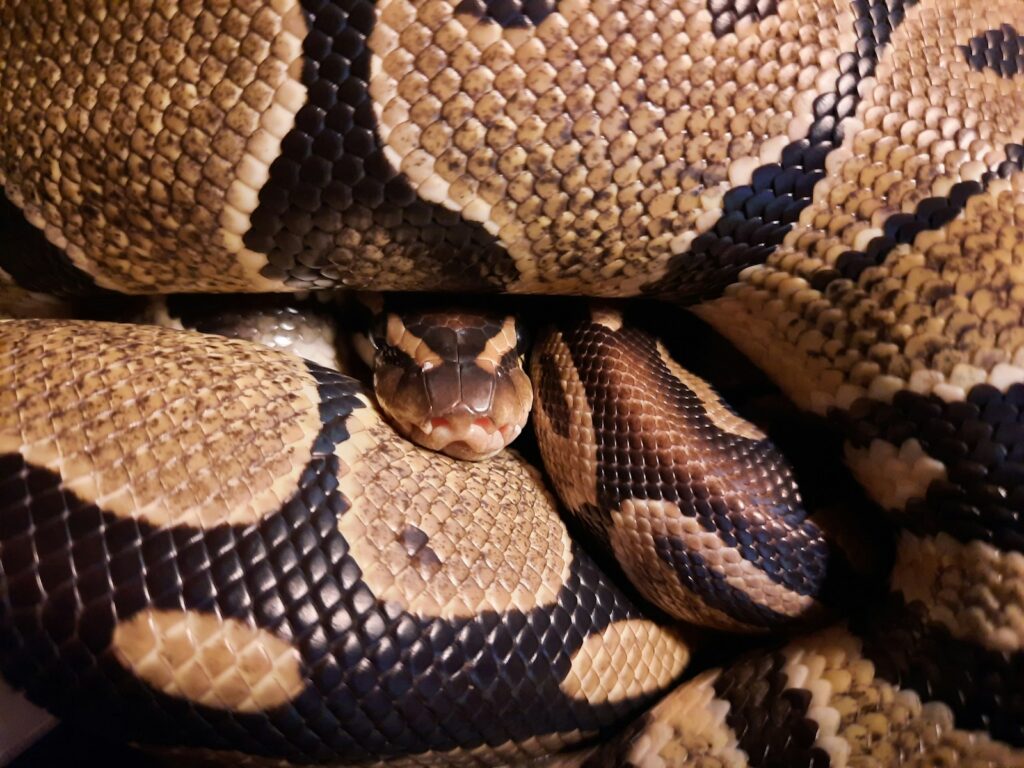
Ball pythons, beloved for their manageable size and generally calm disposition, require enclosures that balance space with security. An adult ball python needs a minimum enclosure size of 4 feet long by 2 feet wide (around 40-60 gallons), though many experienced keepers recommend larger habitats of 120 gallons or more for adults to provide enrichment opportunities. The height of the enclosure is less critical than floor space since ball pythons are primarily terrestrial, though a minimum height of 12-18 inches is suggested. It’s important to note that while juveniles can start in smaller enclosures of about 20 gallons, providing too large a space for very young snakes can sometimes cause stress, so a balance of adequate size with plenty of hiding spots is key.
Reptile Tank Sizes: Leopard Geckos

Leopard geckos are desert-dwelling reptiles that don’t require as much space as some other exotic pets. For a single adult leopard gecko, a 20-gallon long tank (30 inches x 12 inches) is considered the minimum, though 30-40 gallons provides more opportunity for environmental enrichment. Unlike some reptiles, leopard geckos don’t climb much, so floor space is more important than height. When housing multiple leopard geckos, you should add about 10 gallons per additional gecko, and only house females together as males will fight. It’s essential to provide several hiding spots throughout the enclosure, including moist hides for shedding, regardless of the tank size you choose.
Reptile Tank Sizes: Green Iguanas
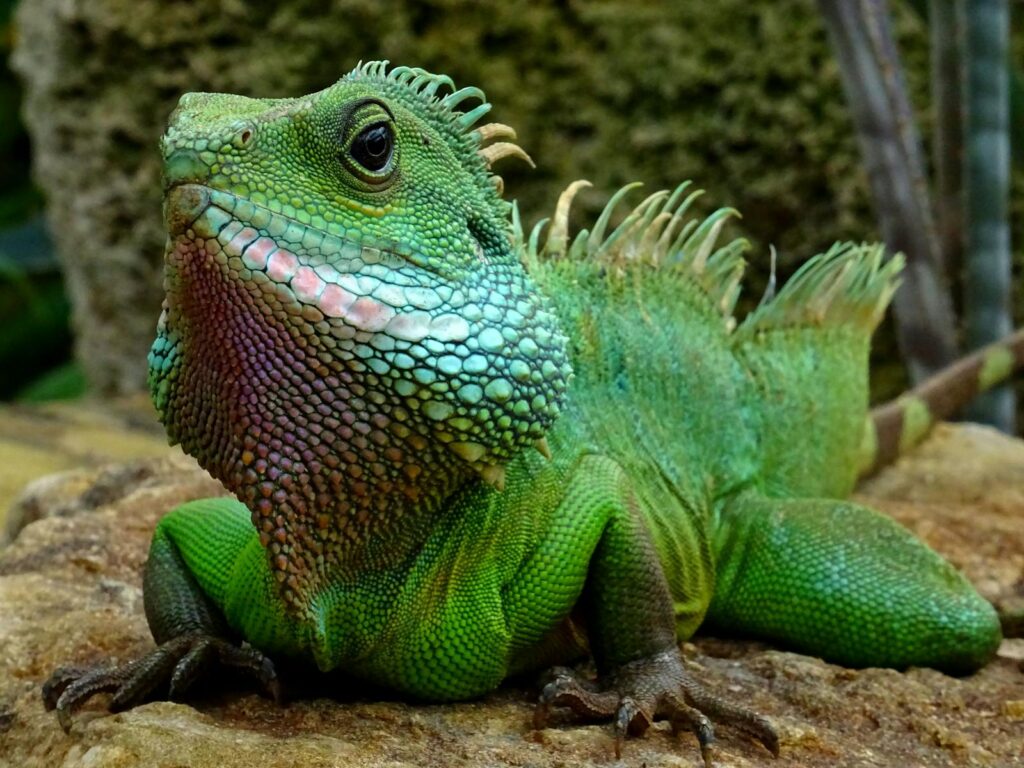
Green iguanas are one of the exotic pets that most frequently suffer from inadequate housing, as their needs are often underestimated by new owners. Adult green iguanas require massive enclosures—a minimum of 6 feet long, 6 feet high, and 3 feet wide, though larger is always better. These arboreal reptiles need significant height for climbing and basking at different levels. Young iguanas can start in 40-50 gallon enclosures, but will quickly outgrow them within months. Many successful iguana keepers eventually dedicate entire rooms as free-range enclosures or build custom enclosures that take up substantial wall space. When considering a green iguana as a pet, be realistic about whether you can provide this much space for potentially 15-20 years.
Amphibian Tank Sizes: Poison Dart Frogs

Despite their small size, poison dart frogs are active creatures that benefit from spacious, naturalistic enclosures. For a pair of dart frogs, a minimum 20-gallon terrarium (24″ x 18″ x 18″) is recommended, though larger is always better. These arboreal amphibians utilize vertical space well, so tall terrariums with plenty of climbing opportunities are ideal. When keeping groups of dart frogs, a good rule of thumb is to provide about 5-10 gallons of space per additional frog. It’s important to note that these terrariums should be heavily planted and include numerous hiding spots, water features, and varied terrain to mimic their complex natural rainforest habitats.
Amphibian Tank Sizes: Axolotls

Axolotls, the fascinating aquatic salamanders, require specific tank parameters including appropriate sizing. For a single axolotl, a 20-gallon long aquarium is the minimum recommended size, with an additional 10 gallons for each additional axolotl. These fully aquatic creatures need tanks with more length than height, as they spend most of their time at the bottom of the tank. Floor space is particularly important for axolotls, as they need room to walk along the bottom and turn around comfortably. Water quality is another crucial consideration—larger tanks are generally easier to maintain stable water parameters, which is essential for these sensitive amphibians who absorb everything through their permeable skin.
Exotic Mammal Housing: Sugar Gliders
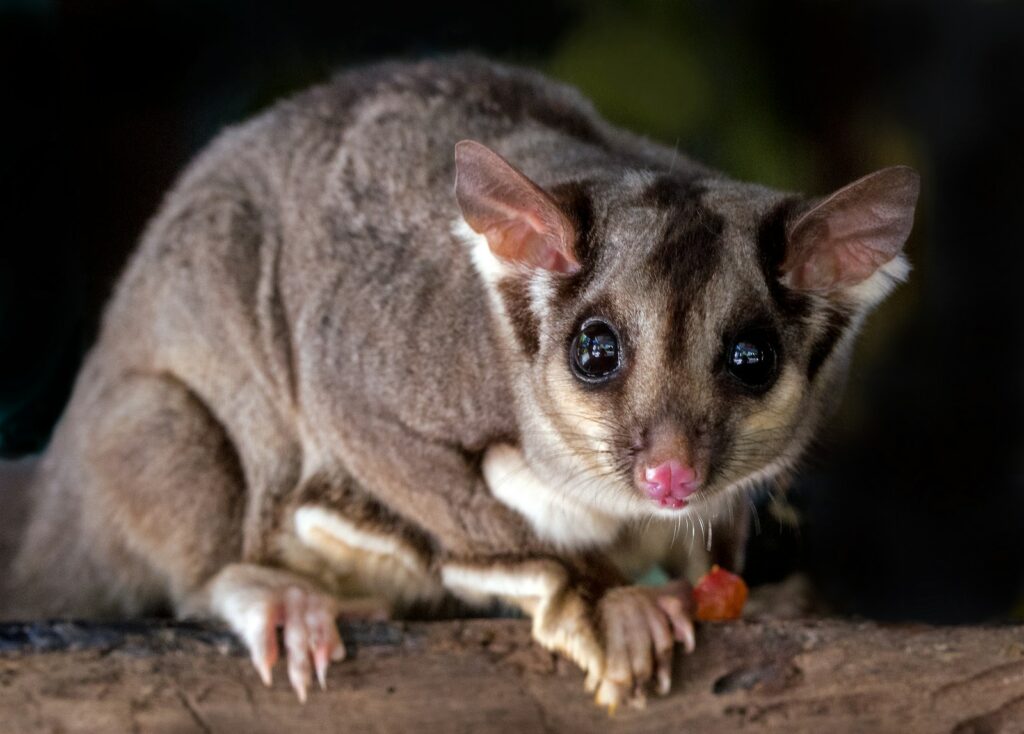
Sugar gliders are social, arboreal marsupials that need substantial vertical space for gliding and climbing. The minimum recommended cage size for a pair of sugar gliders (they should never be kept alone) is 24″ x 24″ x 36″ tall, though many experts recommend enclosures at least 30″ x 30″ x 48″ or larger. Bar spacing should be no more than 1/2 inch to prevent escapes. These highly active animals benefit significantly from larger enclosures that allow them to glide, which is an important natural behavior. The enclosure should include numerous branches, ropes, pouches for sleeping, and toys for enrichment. When housing colonies of sugar gliders, increase the cage size by approximately 20% for each additional animal beyond a pair.
Exotic Mammal Housing: Hedgehogs
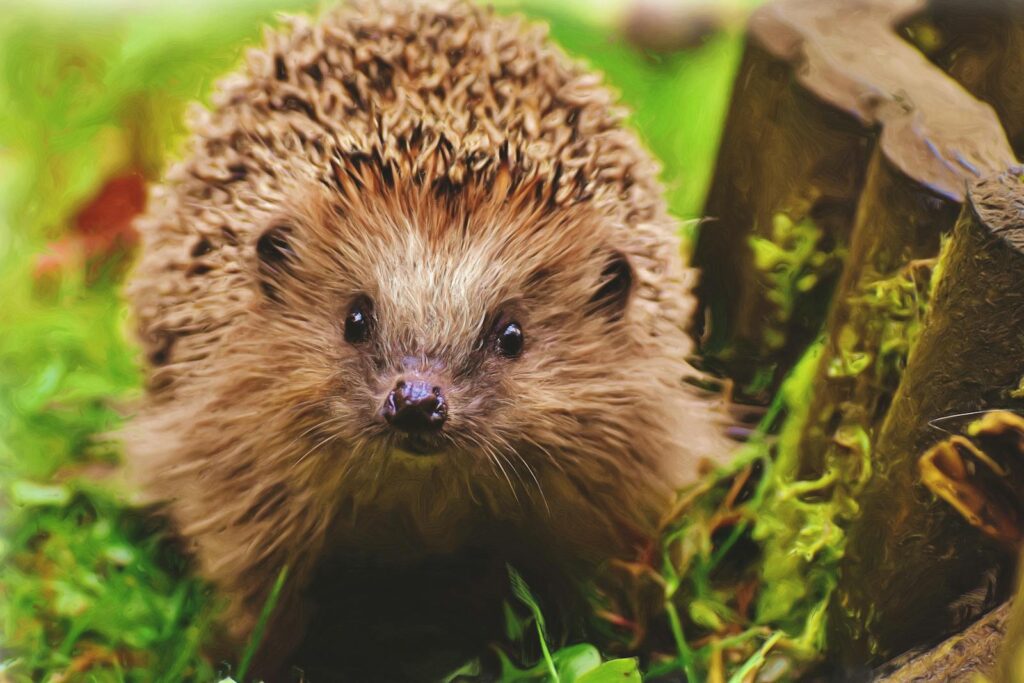
African pygmy hedgehogs require more space than many new owners anticipate. A single hedgehog needs a minimum enclosure size of 4 square feet (such as a 2′ x 2′ cage), though larger enclosures of 8-10 square feet are much better for allowing natural behaviors. Unlike some exotic pets, hedgehogs are primarily ground-dwelling, so floor space is more important than height. Wire cages with solid bottoms or plastic-bottomed cages work well, but the bar spacing should be small enough to prevent escapes. Hedgehogs are active animals that can travel several miles nightly in the wild, so providing an exercise wheel (at least 12″ diameter with a solid running surface) in addition to adequate cage space is essential for their physical and mental wellbeing.
Arachnid Enclosures: Tarantulas
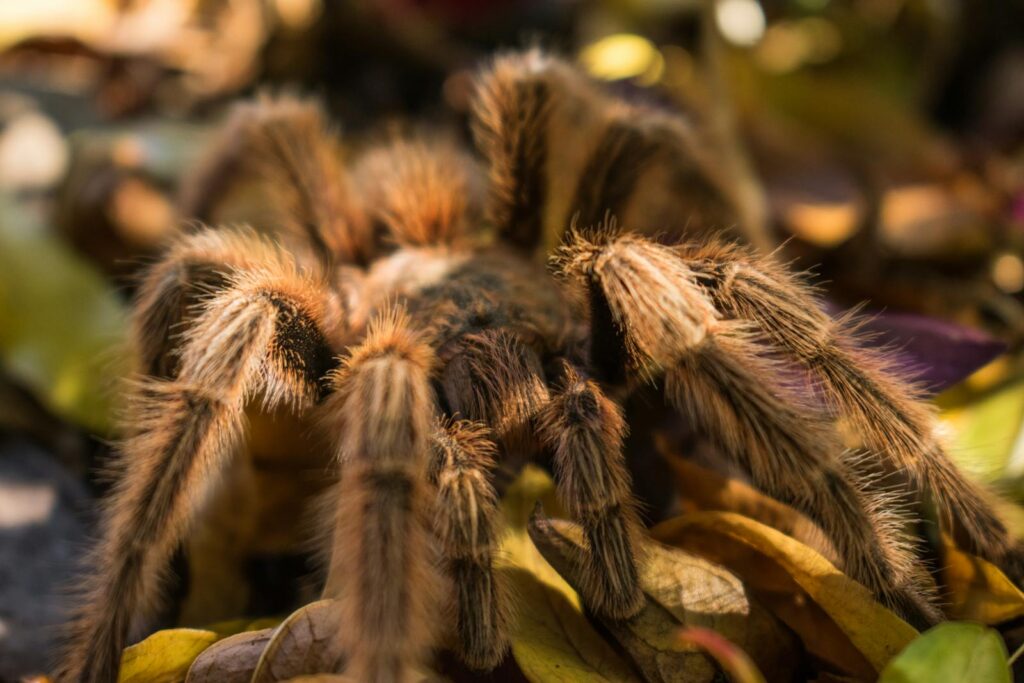
Tarantula enclosure size requirements vary significantly depending on the species, as there are terrestrial, arboreal, and burrowing varieties with different needs. For most terrestrial species like the Chilean Rose or Mexican Red-Knee, an enclosure with floor dimensions approximately three times the tarantula’s leg span in length and twice the leg span in width is sufficient. The height should generally not exceed 1.5 times the tarantula’s leg span to prevent dangerous falls. Arboreal species like the Pink Toe Tarantula need taller enclosures, with a height of at least four times their leg span to accommodate their climbing behavior. Burrowing species typically require deeper substrate rather than more overall space, with at least 4-6 inches of appropriate substrate to create tunnels.
Fish Tank Sizes: Freshwater Exotic Fish
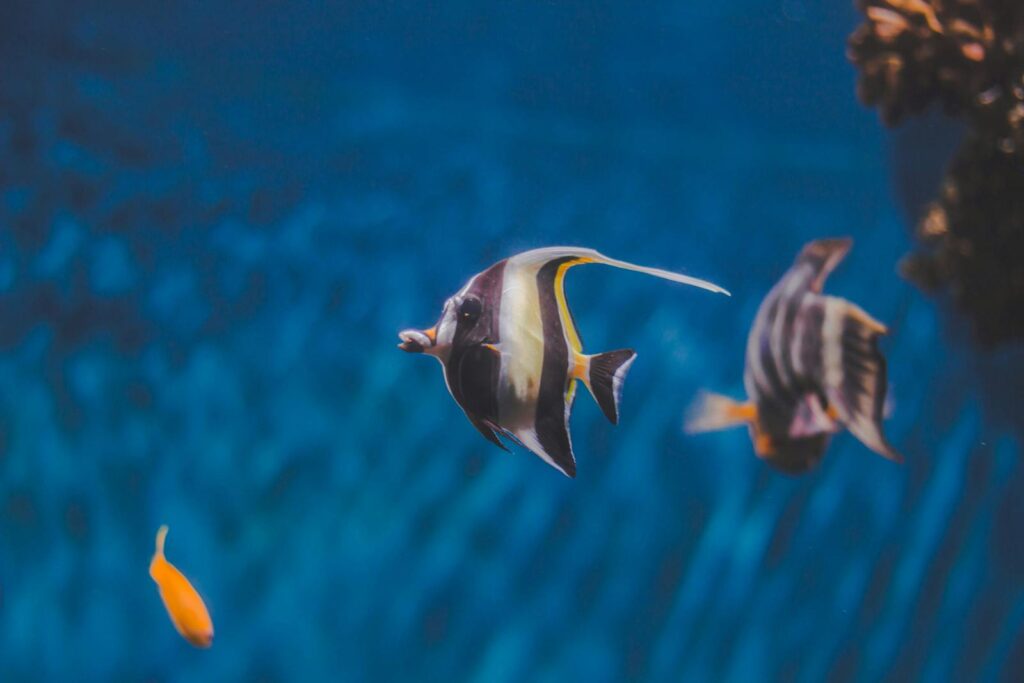
Exotic freshwater fish like discus, arowana, or freshwater stingrays require substantially larger aquariums than typical community fish. For a single silver arowana, which can grow to over 3 feet long, a minimum tank size of 250 gallons is recommended, with dimensions that provide adequate swimming length. Discus fish, though smaller, are sensitive to water quality and do best in groups, requiring at least 75 gallons for a small group of 5-6 fish. Freshwater stingrays need exceptionally large tanks with extensive bottom area—a minimum of 180 gallons for a single small species, and up to 500+ gallons for larger species or groups. When keeping these specialized fish, it’s always better to size up beyond the minimum recommendations, as larger water volumes help maintain stable water parameters and provide better swimming space.
Factors Beyond Size: Quality of Space
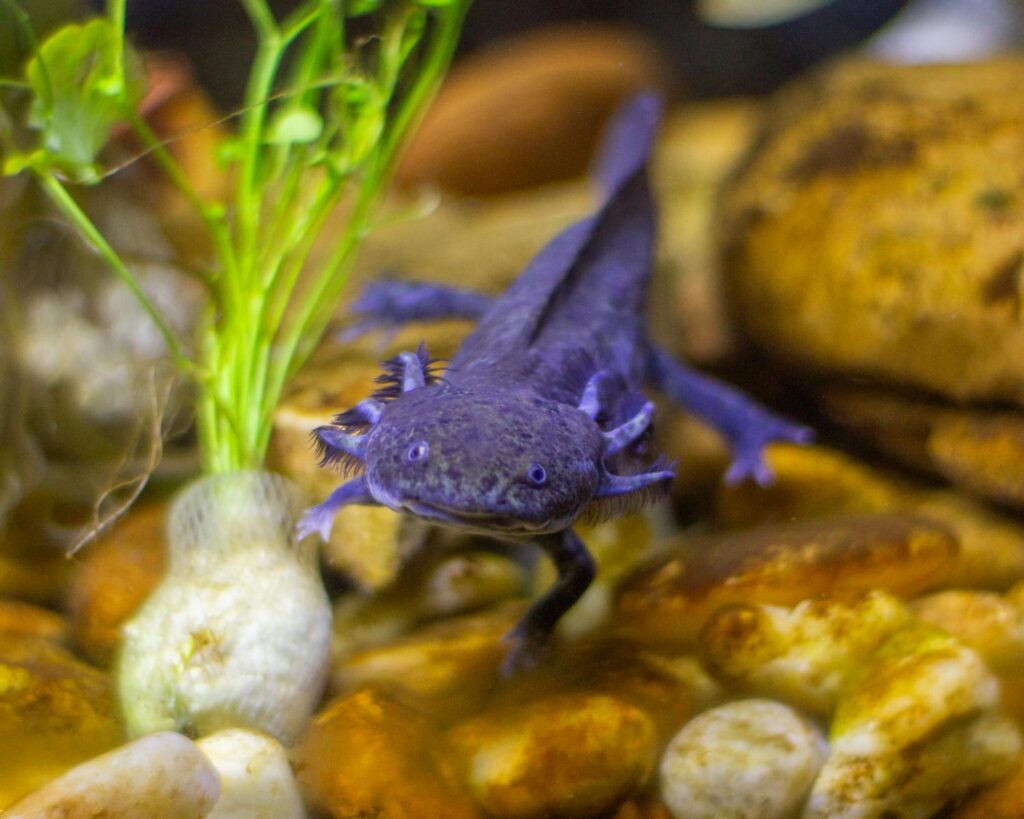
While appropriate size is crucial, the quality and setup of the space are equally important for exotic pets. Enclosures should include appropriate substrates, hiding spots, climbing structures, water features, temperature gradients, and environmental enrichment specific to each species’ needs. For many exotic pets, particularly reptiles and amphibians, creating microhabitats within the enclosure that mimic their natural environment is essential for reducing stress and promoting natural behaviors. Additionally, the placement of food and water, basking spots, and UV lighting needs careful consideration within the space. An enclosure that meets minimum size requirements but lacks these essential habitat elements will still fail to meet your pet’s needs adequately.
Planning for Growth: Starting with the Right Size
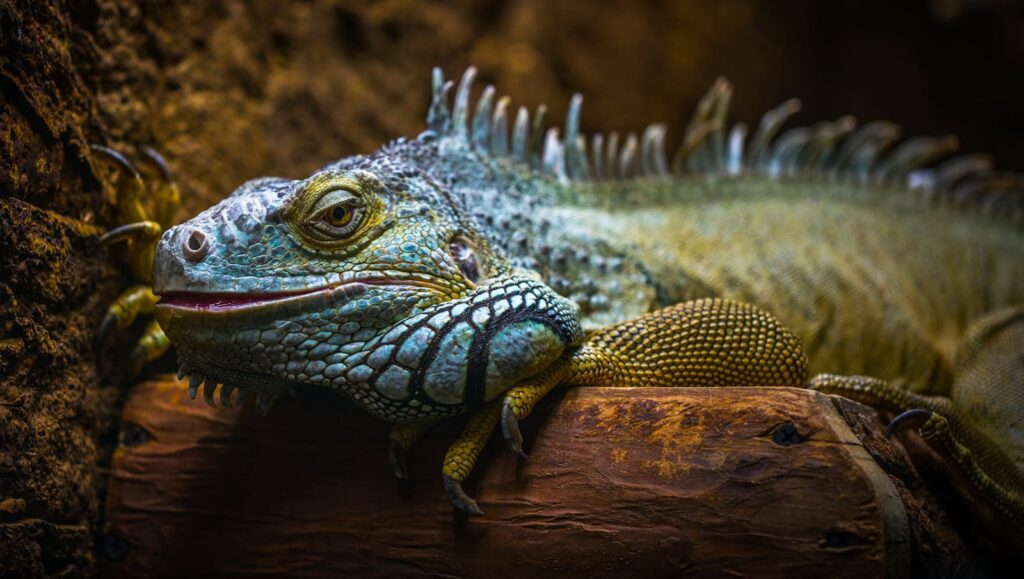
One common mistake exotic pet owners make is purchasing an enclosure suitable only for a juvenile animal without planning for adult size. While some species may initially be stressed in overly large enclosures, it’s generally more cost-effective and less stressful for the animal to start with a properly sized adult enclosure and provide extra hiding places for security when they’re young. For rapidly growing species like green iguanas, water monitors, or sulcata tortoises, investing in the adult-sized enclosure from the beginning can save significant expense and prevent the stress of frequent habitat changes. If budget constraints make this impossible, have a concrete timeline and budget plan for upgrading to appropriate adult housing before the animal outgrows its starter enclosure.
Conclusion: Prioritizing Space for Exotic Pet Wellbeing
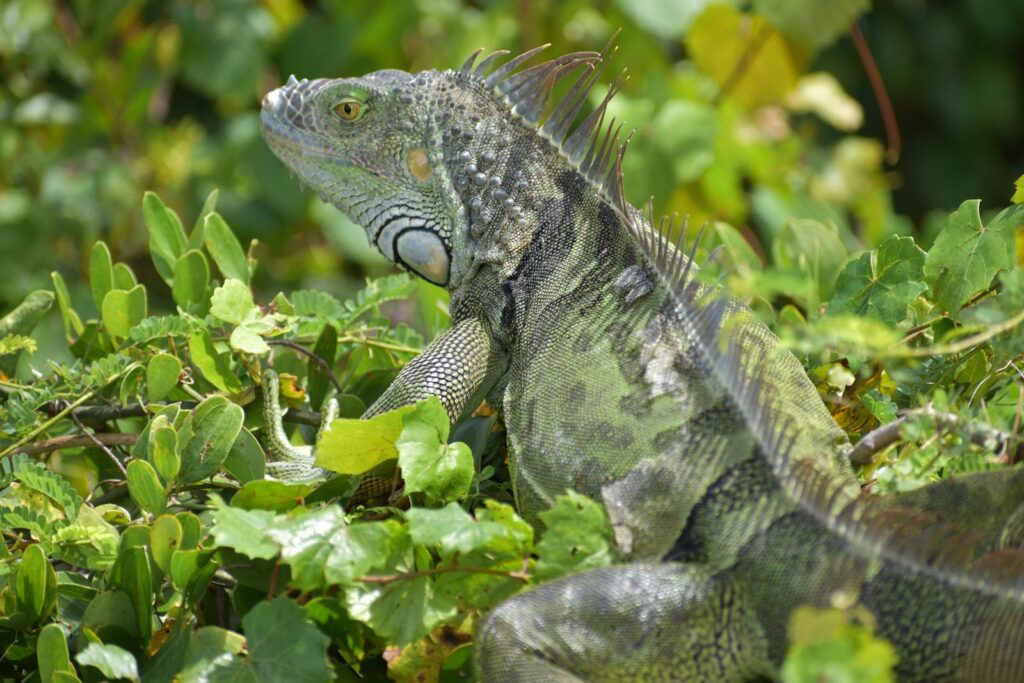
Providing adequate space for exotic pets isn’t just about meeting minimum requirements—it’s about creating an environment where these animals can thrive, not merely survive. While the initial investment in proper housing may be substantial, it’s a fundamental aspect of responsible exotic pet ownership. Remember that many exotic species live for decades, making their enclosure a long-term investment in their health and wellbeing. By understanding and meeting the spatial needs of your chosen species, you’re taking one of the most important steps toward being an excellent exotic pet keeper. Always research thoroughly before acquiring any exotic pet, and be honest with yourself about your ability to provide appropriate space for the animal’s entire life.


